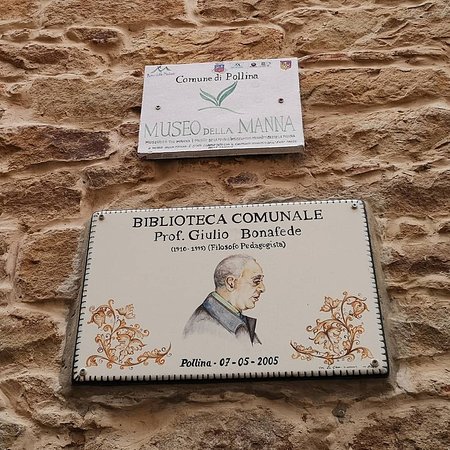On the tracks of the “Manna”

La Manna is the "honeydew" of the Madonie mountains
natural resin with a sugary flavour extracted from the bark of ash trees
Thanks to the commitment of some families from generation to generation, the tradition of Manna has survived the passage of time.
The Consortium “Manna Madonita”, made up of cooperatives of small producers, guarantees the continuity of the production of this natural nectar as well as the protection and care of the ash trees from which the Manna is obtained.
Natural resin with a sugary flavour extracted from incisions on the trunk of ash trees, manna was already known at the time of the Greeks and Romans who defined it as "honeydew". The Arabs considered it divine food. Today it is the main ingredient in the confectionery tradition of the area.
The Consortium “Manna Madonita”, made up of cooperatives of small producers, guarantees the continuity of the production of this natural nectar as well as the protection and care of the ash trees from which the Manna is obtained.
Natural resin with a sugary flavour extracted from incisions on the trunk of ash trees, manna was already known at the time of the Greeks and Romans who defined it as "honeydew". The Arabs considered it divine food. Today it is the main ingredient in the confectionery tradition of the area.

Preserve and know the Manna
Ethno-anthropological Museum of the Manna in Pollina
Pollina is the village that most of all highlights the peculiarity of the white gold of the Madonie mountains. In fact, here is where the annual festival takes place in the last week of August with various tastings of manna and the opportunity to witness its extraction from the trees. The Ethno-anthropological Museum of Manna in Pollina houses the most significant tools of the artisan activity, which are still in use today for the harvesting.





